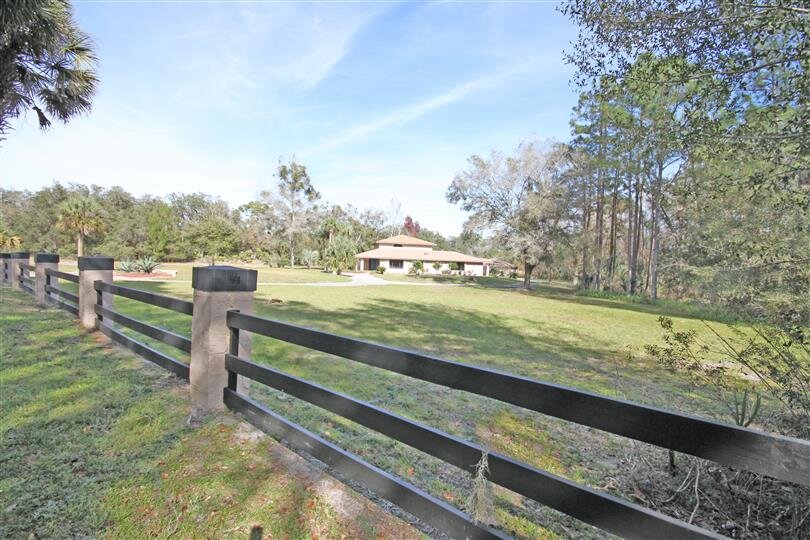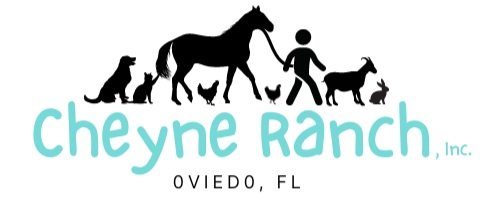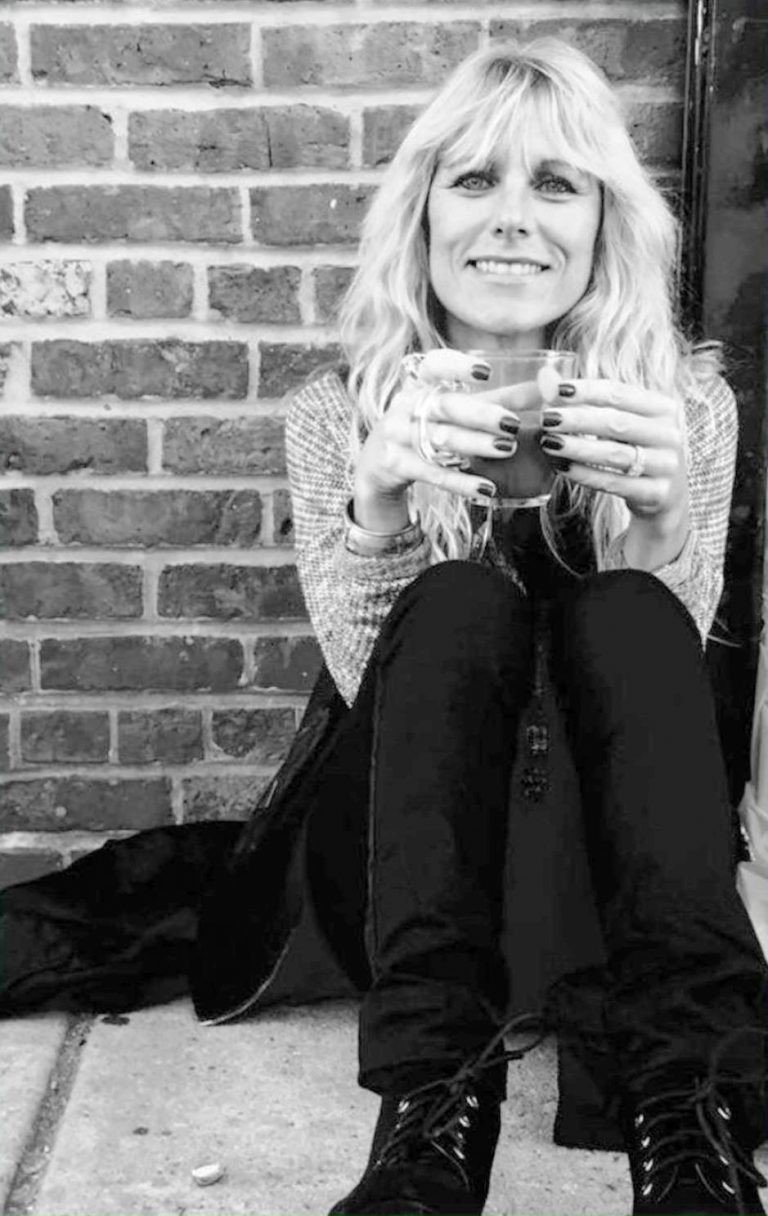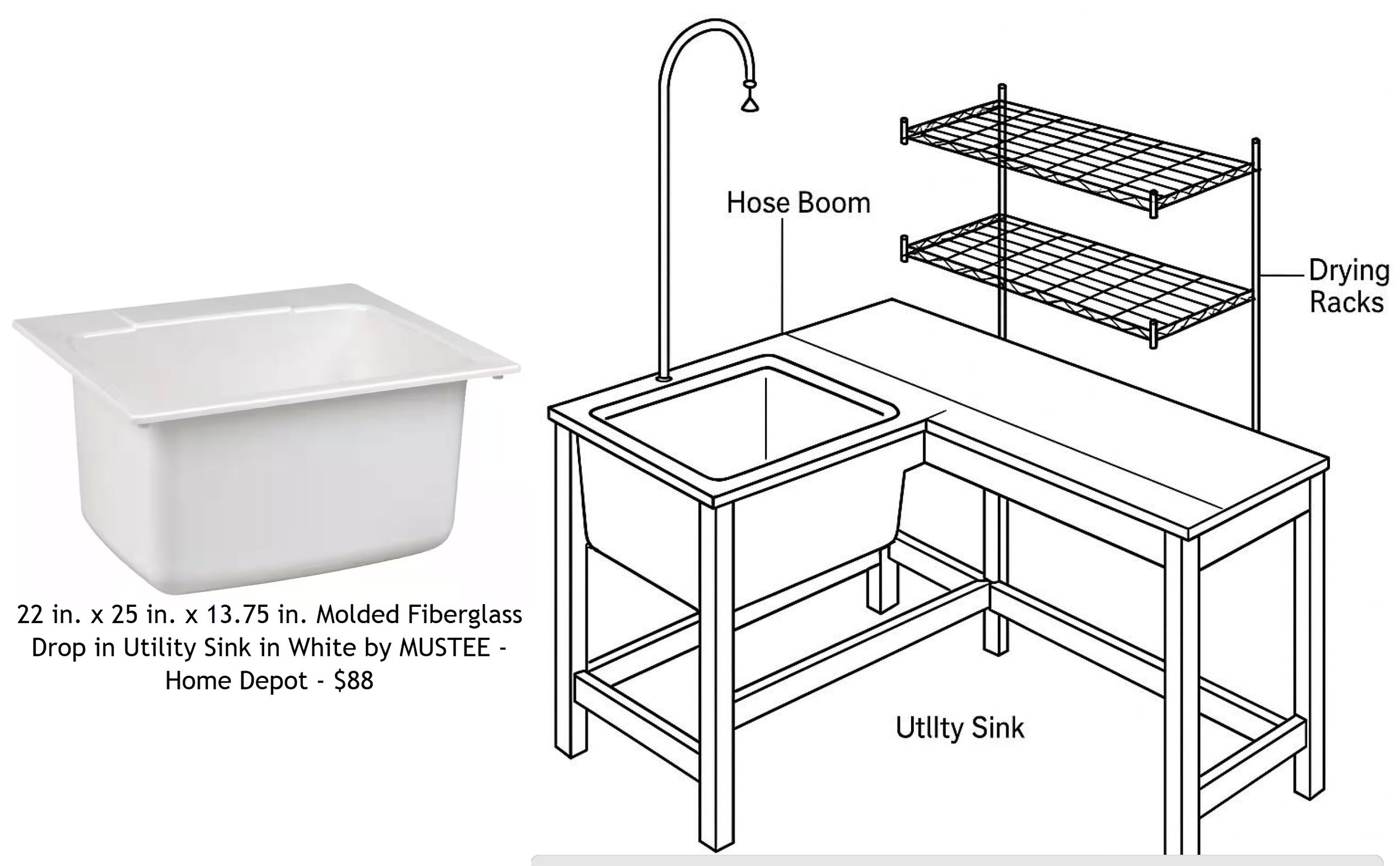
Top 10 Foundational Riding Skills for Independent Trotting
From groundwork to posting trot, here are the 10 essential skills we teach — and the games that help riders master them.
1. Safe Horse Handling & Tacking Up
Key Skills:
Approaching, haltering, and leading a horse from both sides
Tying with a quick-release knot for safety
Grooming, picking hooves, and learning safe zones around a horse
Saddling and bridling correctly
Recognizing horse body language (e.g. ears pinned, relaxed eye)
Why it matters: These tasks build confidence, respect for the horse, and lay the groundwork for independence before even getting in the saddle.
Games:
Two-Legged Horses, Saddle Up Relay, Stuff Happens Cards, Tack Grab Bag, Pony Charades, Sort It Out
2. Mounting, Dismounting & Emergency Exits
Key Skills:
Mounting with control and balance (usually from a block)
Safe dismounting with focus on body position and reins
Emergency dismounts at the walk (and later trot) for safety practice
Why it matters: Riders must be able to get on/off the horse confidently and know how to exit quickly and safely in an emergency.
Games:
On Again, Off Again, Rescue Race, Musical Cones, Whistle Drills, Hula Hoop Game
3. Balanced Full Seat at the Walk
Key Skills:
Maintaining upright posture with shoulder–hip–heel alignment
Relaxing through joints to move fluidly with the horse
Using the seat as a stable, confident base of control
Why it matters: A well-balanced seat is the rider's anchor — it’s the starting point for all control and communication with the horse.
Games:
Around the World, Teeter-Totter, Save the Ducks, Bareback Twister
4. Using Natural Aids for Transitions & Turns
Key Skills:
Learning to cue the horse using seat, legs, hands, and voice in harmony
Practicing transitions between walk and halt
Using gentle, clear rein and leg cues to guide turns
Why it matters: Riders must learn to steer and stop using body language, not just reins — this creates softer, more responsive horses.
Games:
Red Light, Green Light, Touch Tag, Master the Maze, On the Road, Four Flags
5. Steering & Riding Ring Figures at the Walk
Key Skills:
Following the rail and navigating arena corners smoothly
Executing changes of direction (diagonals, circles, serpentines)
Keeping visual focus ahead — “look where you want to go”
Why it matters: Learning ring figures sharpens control, improves rhythm, and teaches intentional steering — not just riding aimlessly.
Games:
Mountain Trail, Elephant Bumblebees, Merry-Go-Round, Train Tracks
6. Two-Point Over Ground Poles (Walk)
Key Skills:
Riding in a half-seat/two-point (hips hinged, upper body forward, heels down)
Staying steady over poles, without gripping or tipping
Learning to ride terrain changes and prep for trot work
Why it matters: This position builds strength, balance, and prepares the rider for future trot, trail, and jump work.
Games:
Journey to Jumping, Challenge Box, Two-Point Time
7. No-Stirrup Work (Walk & Halt)
Key Skills:
Dropping and retrieving stirrups without looking
Riding with no stirrups to build leg strength and seat independence
Developing core engagement and body awareness
Why it matters: This work is essential for creating a “glued” seat and independent hands — especially helpful in adaptive riding and trot work.
Games:
Fitness First, No Stirrups, No Problem, Strong Without Stirrups, Bareback Work
8. Intro to Trot: Sitting & Posting (Longe/Leadline)
Key Skills:
Feeling the two-beat rhythm of the trot
Sitting softly without bouncing
Learning and practicing the “up-down” motion of posting trot
Why it matters: Riders begin adjusting to the motion of the trot with the horse under control — no need to steer yet, just focus on the body.
Games:
Rise Up, Ice Cream Run, Two-Beat Trot, Posting Practice
9. Independent Hands at the Trot (Longe/Leadline)
Key Skills:
Keeping hands still and low at the withers while trotting
Learning to balance the body without pulling on the reins
Building hand–seat independence for safe, soft riding
Why it matters: Hands that bounce or pull confuse the horse — this step teaches the rider to stay balanced without relying on the reins.
Games:
In Good Hands, Multitasking Trot Poles, Airplanes II
10. Smooth Walk–Trot Transitions (Longe/Leadline)
Key Skills:
Giving consistent, timed cues to ask for a trot or return to walk
Preparing the body for the transition (no slumping or leaning)
Staying balanced throughout the change
Why it matters: These transitions are the last step before trotting independently. A smooth start/stop shows the rider is ready.
Games:
Dress Rehearsal, Transition Tournament, Tortoise & Hare
🧠 Final Note:
These skills build upon one another — just like climbing a ladder. Games aren't just fun; they create body awareness, control, and confidence. Every rider's journey looks different, and progressing at their own pace is part of the process.
Living Above the Line - A Mindset Workshop for Parents
Our friend Julie Gerhard, the speech therapist, is so passionate about helping families with special needs students. She is sponsoring this incredible relaxing workshop on August 2nd from 9:00 AM - 11:30 AM. For the ticket price - there is financial aid available!
Please come join us, and please reach out with any questions.
LIVING ABOVE THE LINE
A MINDSET WORKSHOP FOR PARENTS
Saturday, August 2 ( 9:00 AM - 11:30 AM )
From Julie Gerhard:
Early bird pricing ends on Sunday...so please order your tickets soon! If there is anyone who wants to attend, but requires financial assistance, please let me know! There are sponsors who are ready to support families who need assistance with the cost of the program. And I have happily sponsored the majority of the cost to give back to this beautiful group of parents.
This is not a lecture, or just tools for managing your child's journey. This is a MINDSET SHIFT! A new way of reconnecting to ourselves and looking at our relationships to ourselves and others. Wendy Soderman is a mindfulness teacher, a motivational speaker, previous owner of a mindfulness-based school, and a mother of two grown children, one of whom has quadriplegic Cerebral Palsy. She has already changed my speech therapy practice, and I am so happy to share her joyful way and wisdom with this community. This program is appropriate for caregivers of children with a wide variety of unique abilities, from literacy and speech disorders to neurodivergences to developmental issues. This program is about centering the caregiver and providing tools to maintain mindfulness while navigating family life, so it doesn't matter if your child's issues are mild or severe. Invite your partner, your friends, your parents...I'm looking forward to seeing you there! Coffee/tea and light breakfast provided.
To purchase tickets to this event: Learn More
🐴 A Note About Local Riding Programs, Safety, and Why We Speak Up
Who We Are and What We Stand For
Cheyne Ranch is a nonprofit offering inclusive, relationship-based programs where people and animals grow together. Our mission is to create a space for individuals of all ages and abilities to connect, build confidence, and heal through work with horses and nature.
We are guided by clear beliefs: safety comes first, connection transforms, and growth thrives in compassion and evidence-based care. These aren’t just words — they shape everything from how we train staff to how we choose animals for our herd.
Context for This Post
Whether you found this post on your own or someone pointed you here, thank you for taking the time to read. Either way, this post is here to explain why we care so deeply about how equine programs operate — and why safety, ethics, and consistency matter so much to us at Cheyne Ranch.
A Hard Truth: Not All Programs Are Safe
Some local programs operate in ways that deeply conflict with our values. We’ve seen places that skip safety protocols, mistreat or overuse horses, cycle through staff, and put profit above care. In some cases, horses have entered lessons straight from high-risk sources without proper quarantine or evaluation. These practices don’t just affect animals — they put people at risk, too.
A Note About Safety Certifications
At Cheyne Ranch, I (Sally Ann, our founder and CEO) hold a certification through PATH International, and I’ve embedded those standards into every part of how we operate. Organizations like PATH and CHA exist to ensure programs have the training, structure, and oversight needed to keep people and horses safe.
While many long-standing, well regarded programs operate safely without formal credentials, when a brand-new program launches with no certification, no training, and no experience, it raises serious concerns. Safety should never be optional — especially when vulnerable people and animals are involved.
What We Choose Instead
We don’t name names or engage in gossip. But we do take a stand. Cheyne Ranch was built on safety, respect, and responsible care. We choose the slower, ethical path, even when it’s harder — because it’s right.
Looking for Another Option?
If Cheyne Ranch isn’t the right fit, we’re happy to recommend a few local programs that share our standards. We want every student to find a safe and respectful place to learn — even if it’s not with us.
A Note About Attending Multiple Programs
We understand that families sometimes explore more than one barn at a time. When a student is enrolled at Cheyne Ranch and a program that shares our values, we fully support that.
But when a student attends a program with unsafe or harmful practices, we often see confusion, conflicting habits, and behavioral issues that impact their progress here. If you’re in this situation, let’s talk — our goal is to make sure every student has a consistent, positive, and safe experience.
How You Can Learn More
If you’re reading this, it’s because I trust that you care too. And you deserve the chance to make informed decisions.
If you ever have questions about what makes an equine program safe, humane, and trustworthy, I would be honored to help.
With care and conviction,
Sally Ann Cheyne
Founder & President, Cheyne Ranch
Tie-Dye!!
Tie-Dye shirt - Instructions for home
We love pouring joyful color on our Cheyne Ranch t-shirts! Now your child is home with a very wet, very colorful shirt in a plastic bag, here’s what to do next to help that vibrant color last:
Step-by-Step Tie-Dye Care
1. Do NOT open the bag!
Instead, toss the closed bag with the shirt straight into your freezer.
2. Let it freeze for 6–24 hours.
This helps lock in the color before rinsing.
3. Time to rinse.
Take the shirt out of the freezer and head to a sink, bathtub, or outdoor hose area.
4. Remove the rubber bands.
Unfold the shirt carefully and take off all rubber bands.
5. Rinse with cold water.
Keep rinsing until the water runs clear. (This might take a little while—totally normal!)
6. Wash it solo.
Pop the shirt into the washing machine by itself.
(If you have multiple tie-dyed shirts, wash them one at a time.)
Use cold water.
No detergent.
7. Don’t use the dryer!
Instead, hang the shirt to air dry.
🎉 That’s it!
These extra steps are all about making sure your child’s shirt stays bright and beautiful—just like the memories they made at the ranch.
Kids are welcome to wear their shirts - we are going to try for a group photo on Thursday!!
✨ Welcome to Our 6th Summer at Cheyne Ranch!
🐴 Welcome to Our 6th Summer at Cheyne Ranch! 🌞
Howdy families!
We are thrilled to welcome over 80 families—including more than 30 new families—this summer for our 6th summer at Cheyne Ranch! Whether you're here for PALS, riding lessons, Nature Club, or our fabulous summer camps, we’re so happy you’re part of this community.
📍 Important Logistics: Summer Camp & Nature Club
• Drop-off: 8:55–9:15 AM at the playground
• Pick-up: 1:00 PM, usually at the pool (sometimes barn or playground)
• Waiver Required: ✅ Only once per year — chra.us/w
• Location & Directions: chra.us/loc
💸 Payment Info
• Preferred: Zelle to 407-680-3348 (Philip Cheyne) — or keep scrolling for Direct Pay via SUFS
• All payment options: chra.us/pay
• Summer Camps: $165 per camp week
• Friday Nature Club: $55 per Friday
• Riding Lessons & PALS:
– $400 for the full 8-week session
– $200 for 4 lessons (please arrange in advance if attending less than 8 weeks)
(Many of you already paid—thank you!)
We’ll send out invoices in mid-June, but if you’d like to take care of payment now, you’re more than welcome to do so!
💸💬💳💬💸💬💳💸💬💳
For Families Using SUFS
• We’re a DIRECT PAY provider through SUFS! 🙌
Visit this weblink for more info: chra.us/fes
🧃 The Return of GATORADE SLUSHIES!!
• Back by popular demand!
• Made with Gatorade powder (white, yellow, or light blue) + sparkling water + ice
• Served at snack time each day
• 🍓 No red or dark blue Gatorade
• 🚫 Let us know if your child should skip the slushie
🗓️ Visual Camp Schedule
Want to help your child know what to expect each day?
• View the visual schedule below 👇
• Click here to download the printable PDF version
🧳 What to Pack
• Refillable water bottle – filtered refill station available
• Extra snacks – kids get HUNGRIER than usual! Snack is around 10:00 AM
• Packed lunch – we eat together around 12:00 PM at the playground
• Closed-toed shoes – sturdy sneakers or hiking boots
• Swimsuit – best worn under clothes if comfy
• Towel, dry change of clothes (goggles are not provided)
• Optional: Flip-flops or Crocs for swimming
(Plenty of cubby space for each child’s things)
🏊 Swimming offered daily from 12:20–1:00 PM
❄️🧊 ICE! (Seriously, We Love Ice)
Here are two small but meaningful ways anyone can pitch in this summer:
• Bring a bag of ice one morning – We go through a ton of ice daily—for animal care, cooling towels, slushies, and staying hydrated! If you’re able, grab a bag from any gas station or grocery store and drop it off at arrival—it’ll be put to great use.
• Check out our Amazon Wish List – We’ve put together a list of useful items that help us keep things running smoothly and safely for everyone.
💛 Amazon Wishlist 💛
📸 Photo Album
• I’ll do my best to take photos each day and upload them to a Google Photos album
• 📷 Please share your photos too — we love seeing camp from your perspective!
💥 Program Overview
Here’s what our 8-week summer looks like this year:
🌈 Summer Camps
• Held on TUESDAY / WEDNESDAY / THURSDAY, every other week
• Time: 9:00 AM – 1:00 PM
Camp Dates:
• Week 1: Tues 6/3, Wed 6/4, Thurs 6/5
• Week 2: Tues 6/17, Wed 6/18, Thurs 6/19
• Week 3: Tues 7/1, Wed 7/2, Thurs 7/3
• Week 4: Tues 7/15, Wed 7/16, Thurs 7/17
🌿 Friday Nature Club
• Runs every Friday, June 6 – July 25
• Sign up for individual Fridays — flexible and fun!
• ⏳ Need to cancel? Please give at least 48 hours’ notice for a refund
• This allows us to offer your spot to someone on the waiting list
• ⚠️ No refunds for last-minute changes or no-shows
🐴 Riding Lessons & PALS
• Scheduled for MONDAYS / FRIDAYS / SATURDAYS, all 8 weeks
• You’ll receive an email confirmation and text reminder for each lesson
Thank you for being such a fabulous part of this community.
We’re honored to grow with your family for YEAR SIX of magic, learning, and connection at Cheyne Ranch.
Consider donating? 💛
Cheyne Ranch is a 501(c)(3) nonprofit offering low-cost programs and free services to adults with special needs
chra.us/give
Sally Ann Cheyne
Founder & President
Cheyne Ranch, Inc.
nonprofit 501(c)(3)
Located in Oviedo, FL
Call / Text: (407) 205-7744
email: Sally@CheyneRanch.com
Website: www.CheyneRanch.com
Facebook: facebook.com/CheyneRanch
Instagram: instagram.com/CheyneRanch
Our mission:
To teach animal care and connection in a safe, inclusive, accessible community where individuals of all abilities build confidence, form meaningful connections, and develop essential life skills.
Please donate and help us with our mission: chra.us/donate
Project - Horse Shade + Hay Shelter
Line Item: Open-Sided Equine Shade Pavilion with Central Hay Storage
Amount Requested:
Purpose and Impact:
This durable, open-sided wood pavilion will provide much-needed shade and weather protection for our horses, while housing a central hay bale in a gated, protected area. The structure allows multiple horses to comfortably feed in the shade, supports herd health by reducing sun exposure and stress, and prevents hay spoilage from rain or UV damage. By protecting both animals and feed, this structure enhances the daily comfort and well-being of the equine partners who make our inclusive, therapeutic programs possible.
Proposed Size of overall shade structure:
36’ l x 12’ w x 10’ h
Size of hay box:
8’ x 8’ (consider having 2 hay boxed areas)
Project - Wash Stall Sink area
Line Item: L-Shaped Elevated Wash Station with Utility Sink and Drying Racks
Materials Cost: ~$600
Labor Cost: ?
Purpose and Impact:
This custom L-shaped wash station will include a wood-framed countertop with a large utility sink and overhead hose boom access, eliminating the need for a built-in faucet. Designed at waist height for accessibility, it enables special needs students and adults to safely and comfortably participate in bucket washing—a vital daily ranch task. Integrated metal drying racks will promote independence, skill-building, and a deeper sense of contribution, in alignment with our commitment to inclusive, hands-on learning and meaningful participation for all abilities.
Project - mounting block
Project: Accessible Mounting Block (Sturdy, multi-step with handrails)
Materials Cost: ~$600
Labor Cost: ?
Need 2 - one for front riding area and one for back riding area
Impact Statement:
This adaptive equipment will allow students with physical or neurodiverse needs to mount horses safely and confidently, fostering independence and inclusion from the outset. It also protects horse welfare by reducing back strain during mounting and dismounting, supporting our evidence-informed practices in Equine-Assisted Learning.
Photo for Inspiration, Changes for our needs:
handrails on both sides of stairs
No handrails on center of block
Possibly under 11 feet total in width








